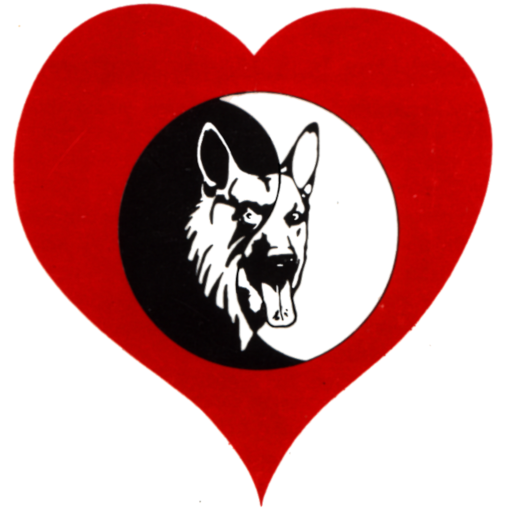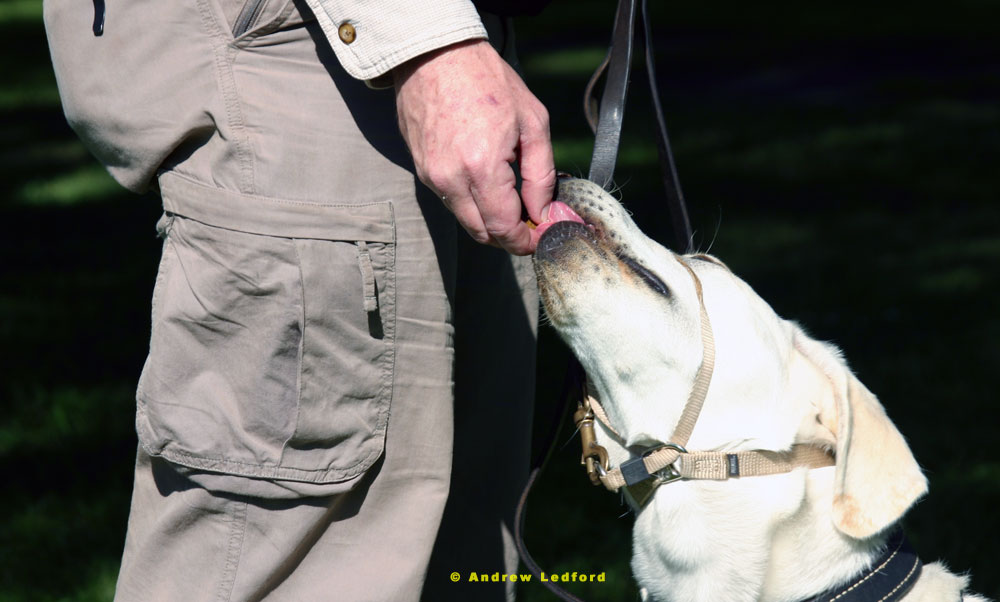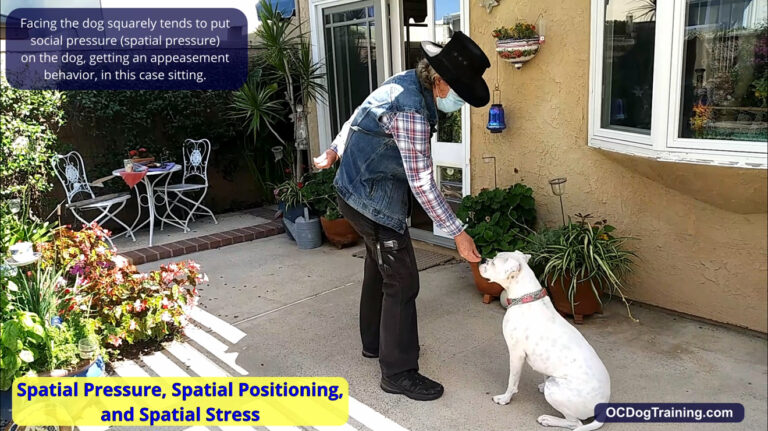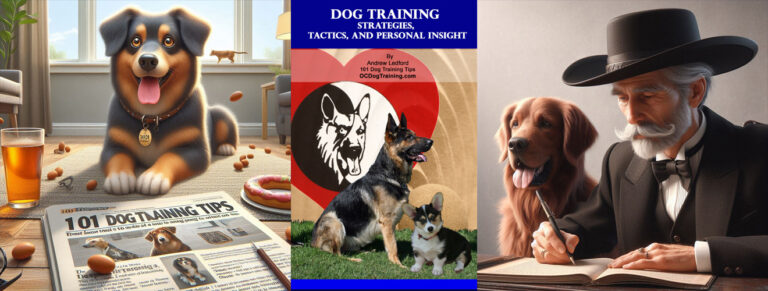Dog Training tip 1 Reward Good Behavior 101 Dog Training Tips
Dog Training tip 1 Reward Good Behavior.
My first dog training website was called 101 Dog Training Tips. I’m upgrading the tips and adding them to this website as a blog category.
Dog training Tip number 1 Reward Good Behavior.
Reinforcement Training in a Comprehensive Whole Dog training Program
Reinforcement Training in a Comprehensive Whole Dog training Program
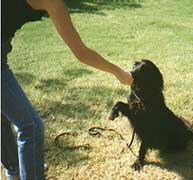
Another way to say this is, reward desirable behavior. Behaviors are strengthened by reinforcement. The more behaviors are rewarded the more likely it is your dog will do them. We need to focus on rewarding desirable behavior
Most of the things our dogs do is because the behavior is in some way reinforcing to them.
Dog training tip
If a behavior is rewarded it’s more likely to be repeated.
In general if you increase the frequency of desirable behavior where and when you want it, undesirable behavior will decrease.
Ideally the desirable behavior will be performed in place of the less desirable one.
With general obedience training this can be because the dog will have less time to participate in less desirable behaviors.
If your dog makes a notable choice to engage in the desirable behavior, go out of your way to reward it. This is especially important when replacing an undesirable behavior with a behavior we want.
What type of rewards can you use?
Intrinsic and Extrinsic Reinforcement.
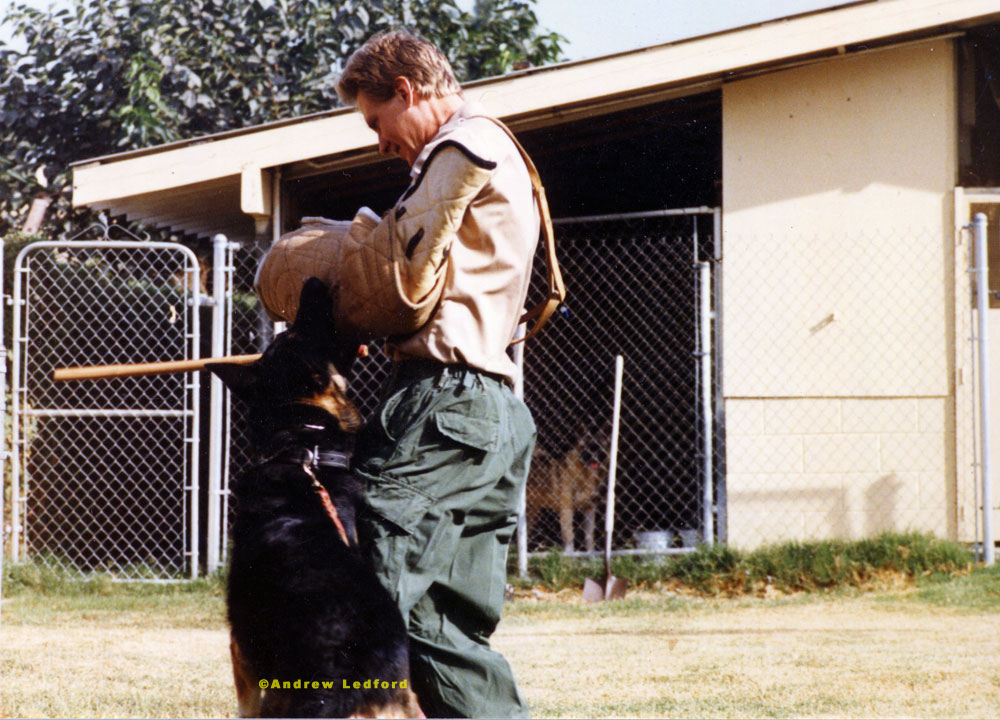
Intrinsic motivation.
Some behaviors are rewarding in and of themselves. These are internally rewarding states, often referred to as intrinsic rewards. Urinating and defecating is one class of self-reinforcing behaviors. Chewing can be another. Two intrinsic rewards that are often overlooked are physical activity and sleep
Going Potty – Shaping Good Manners.
Usually I will start the house breaking routine with food reinforcement to get the behavior on command and on target. Occasionally we need to use an alternative reinforcement. Once the environment and owner have some control of the behavior we switch it over to the natural intrinsic reward of evacuating the bowels or urinating. I generally make the switch when the dog is seeking the target area and/or when the behavior is done on command.
Extrinsic motivation
The next category of rewards is extrinsic.
Extrinsic motivation comes from rewards and events from outside the individual. Examples of this are avoiding punishment or receiving tangible reinforcement, such as a food reward.
When working with dog training clients I like them to have two kinds of food rewards. A slightly lower value reward such as a small or easily broken up hard treat. I think of these as in the biscuit category. I also like to have available a soft high value treat. There are several that qualify, such as freeze dried liver, that is a good one, or dog jerky treats, freeze dried chicken, or other highly desirable dog edibles.
Many intrinsic rewards require the right environmental opportunities to engage in behavior that elicit internal reinforcement.
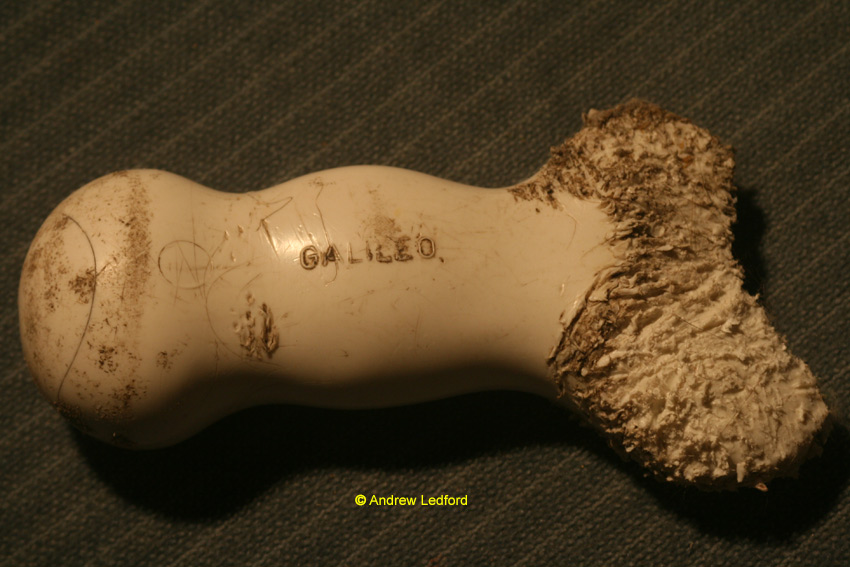
The pleasure of chewing.
A lot of dogs really like to chew, and it’s intrinsically rewarding. The problem is usually they want to chew items humans don’t want them to chew on. What we need to teach the dog is that chewing its toy is more rewarding than chewing items that are off limits.
For conditioning a toy chewing preference I like to use social interaction, the actual act of chewing, and play. This combination uses social interaction and the intrinsically rewarding aspects of the behavior to teach appropriate chewing behavior.
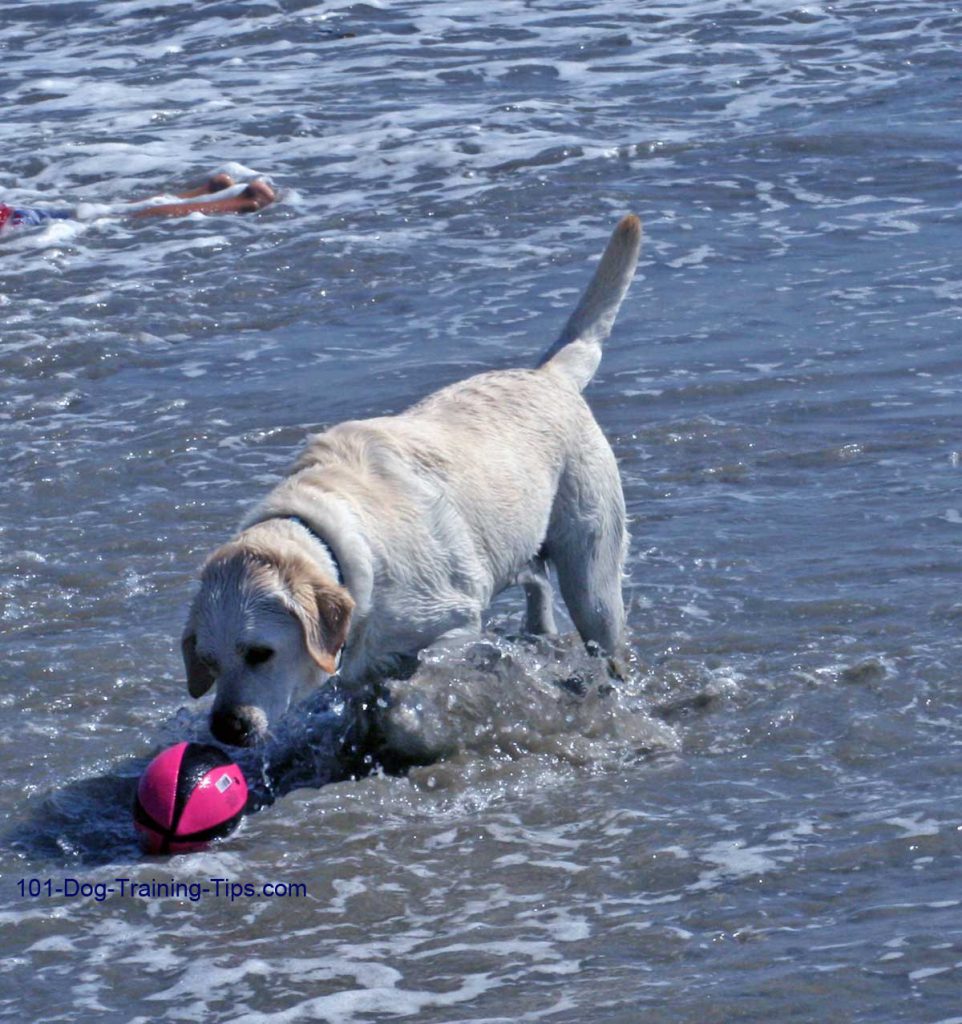
Retrieving as a reward
Retrieving is another behavior that for many dogs is highly rewarding in and of itself. If this is true of your dog, it can be used as a powerful reinforcement for training
Social interaction and praise.
Dogs with any socialization have a natural desire to form groups and interact with others.
While watching wild/feral dogs in Taiwan I have seen lone dogs take great risks to join a pack. Usually strangers are not welcome, so it takes great desire, some finesse, and a little bravery, to join up with a new group. There is a give and take for the new dog to be accepted. Many dogs have this strong desire or drive to be with others.
Social Rewards
Using social interaction as a reward can take the form of looking at the dog, touching the dog, and talking to the dog. Quite frequently any of these activities will increase behavior.
Sometimes we are doing one or more of these without being aware of how the dog interprets them. We think we are doing one thing, but the dog experiences it as something else.
In dog training we’re often using extrinsic rewards to shape intrinsic rewards in a certain direction.
I am wishing you the best in dogs and in life,
Andrew Ledford
714-827-4058
